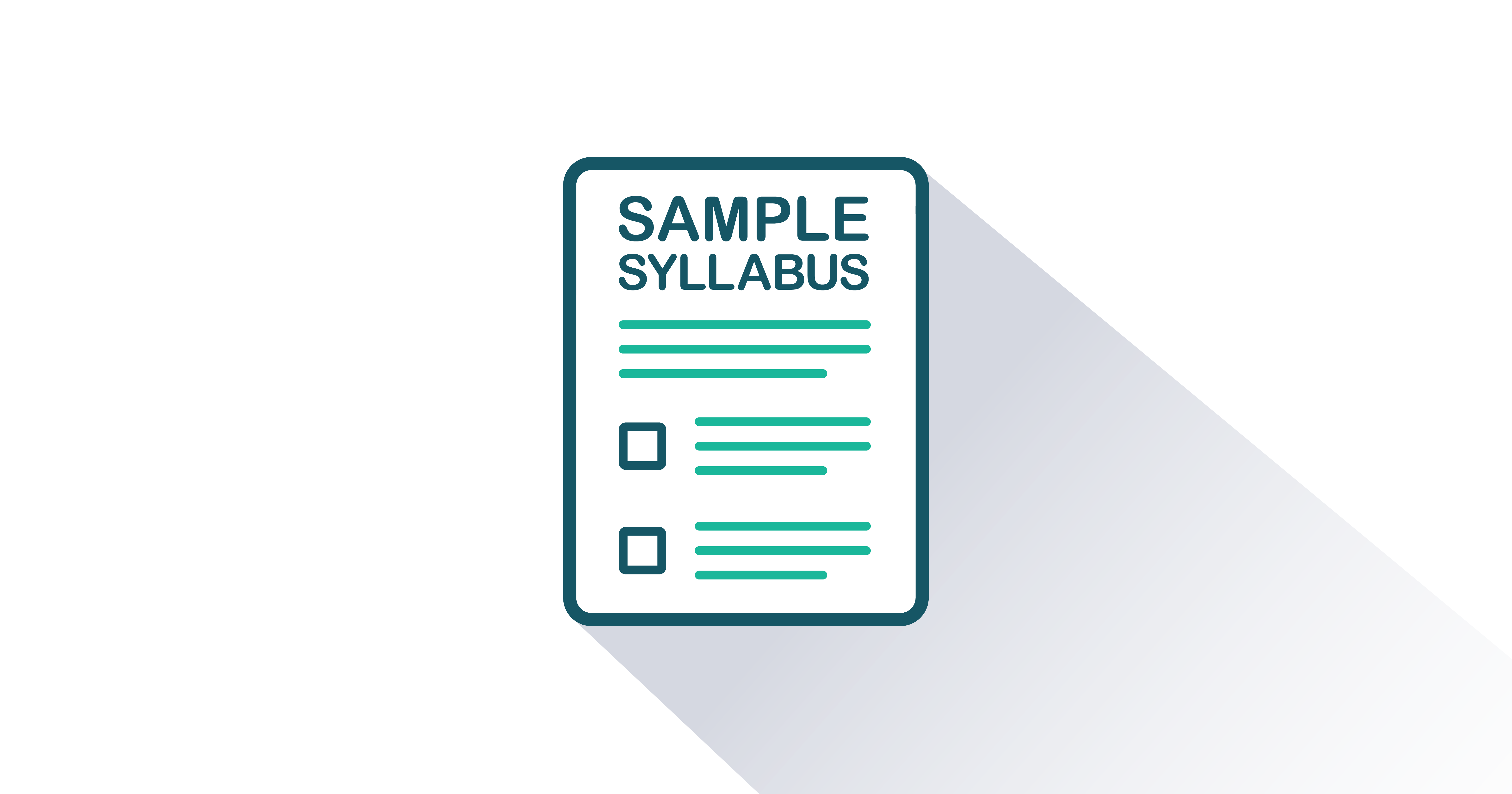Stan Eakins East Carolina University
Stanley G. Eakins (PhD Arizona State University) is the former Dean for the College of Business, Associate Dean, Chair of the Department of Finance, and Professor of Finance at East Carolina University (ECU). Prior to beginning his academic work, Stan gained practical experience serving as vice president and comptroller at the First National Bank of Fairbanks and as a commercial and real estate loan officer. A founder of Denali title and escrow agency, a title insurance company in Fairbanks, Alaska, he also ran the operations side of a bank and was the chief finance officer for a multimillion-dollar construction and development company.









